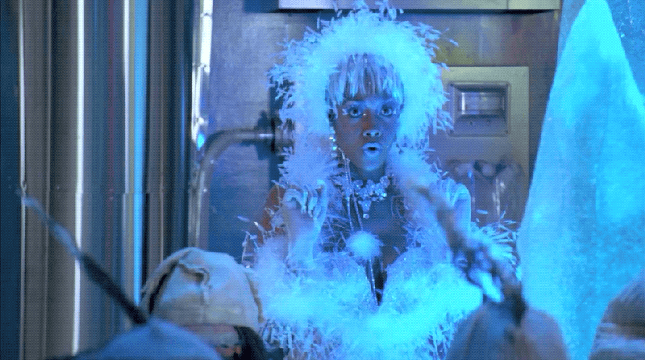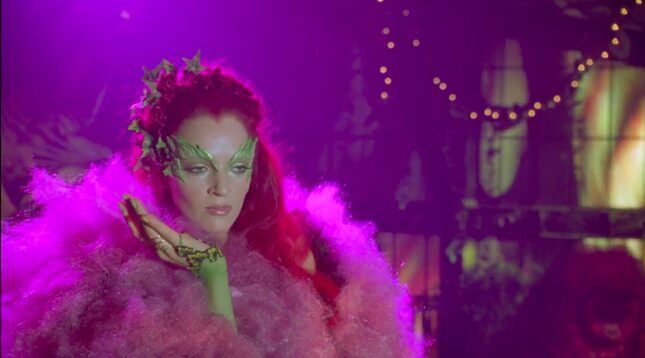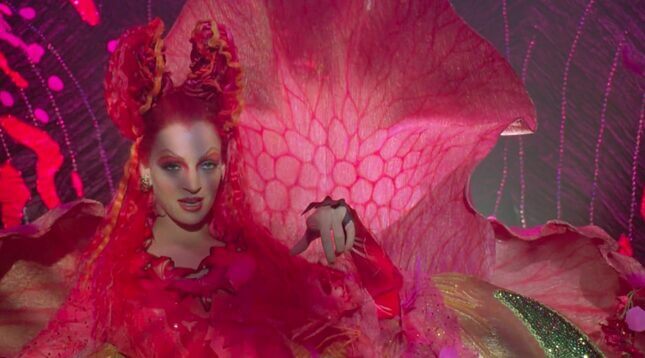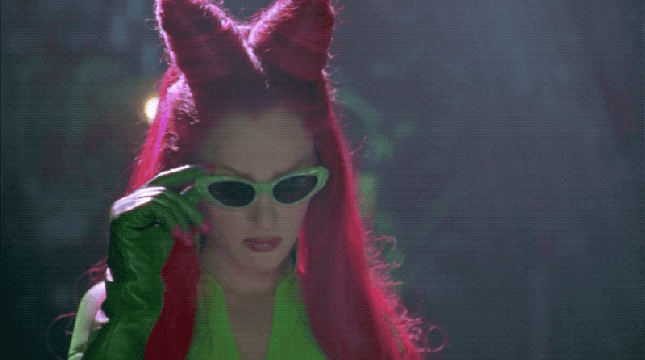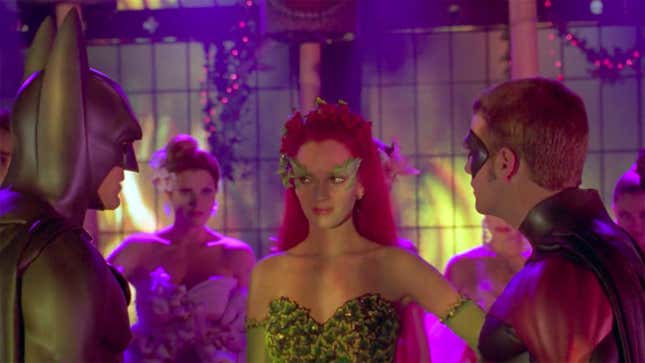

Joel Schumacher was resolute: His Batman (portrayed by Val Kilmer and then George Clooney) and his Robin (Chris O’Donnell) were not gay. Nor did he intend to make winking reference to the way people had for decades interpreted the Dynamic Duo’s relationship as being… especially dynamic and non-platonic. In an interview with Vulture that ran last year, the director who died at age 80 on Monday, said that not only did he never consider Batman and Robin to be gay but that if he weren’t gay himself, people would have never suggested that he made the superhero’s franchise gayer, particularly in his notorious 1997 flop Batman & Robin.
You have to wonder, though, if Schumacher weren’t gay, would his film’s gaze have been so attuned to the male form, rubber-clad as it was?

This is footage from the opening sequence of Batman & Robin. Immediately after the titles, it’s: “Holy bat-ass!” And bat-crotch! And bat-nipples! And then there’s Robin, too.
In a way, Schumacher’s denial of the film’s queerness allows it to function as queer-claimed films had traditionally. After the dawn of the medium, for decades viewers had to attune themselves to coding and suggestion in order to glean queerness from ostensibly straight works. Sussing out is part of the fun, and until fairly recently, it was necessary for queers thirsty for representation.
Batman & Robin has elements of the historically gay sensibility of camp.
You don’t have to be Vito Russo or even know who that was in order to sniff out the potential queerness of Batman & Robin. There is, obviously, the fact that Bruce Wayne and Dick Grayson live together and share a dynamic with an obvious power disparity along the lines of dom/sub or top/bottom. Clooney and O’Donnell’s age difference of 10 years means that they don’t really have a daddy/boy vibe, to use jargon that gay men still employ without much hand-wringing over (or mind paid, I think in many cases) over the invocation of incest—it’s more an older/younger brother vibe, a less-talked-about though still present dynamic that exists amongst some gay couples. In a movie that looks like it was attacked by a blacklight with the runs, the specific way Batman has just a little more emotional power than his partner and is just a little older and wiser counts as nuance.
-

-

-

-

-

-

-

-

-

-

-

-

-

-

-

-

-

-

-

-

-

-

-

-

-

-

-

-

-

-

-

-

-

-

-

-

-

-

-

-



